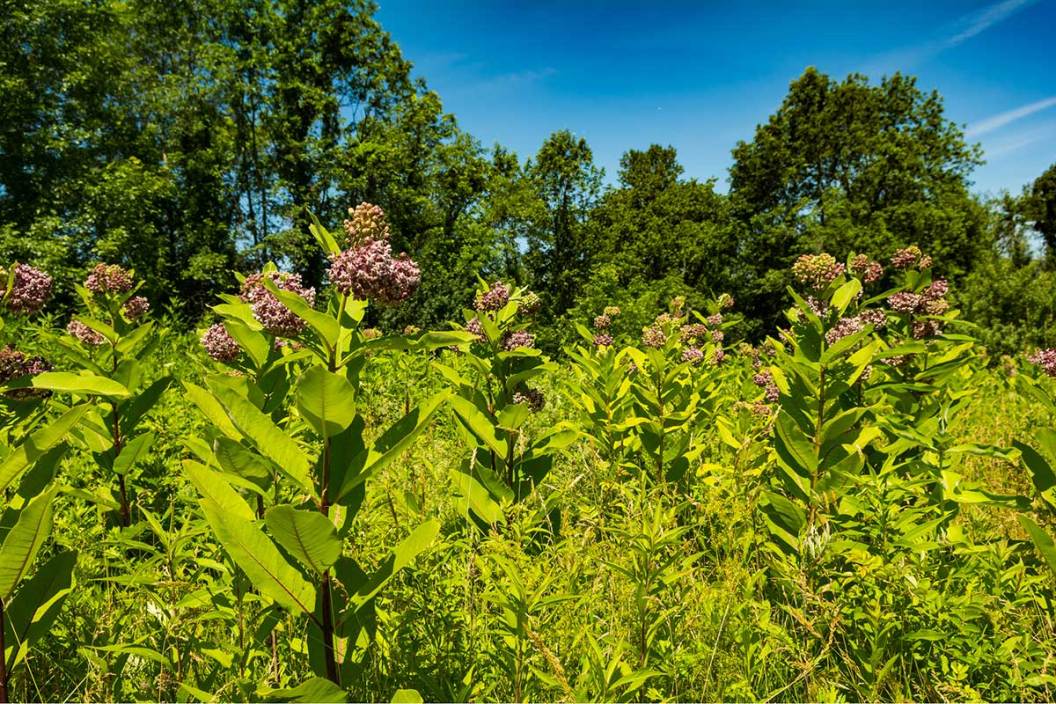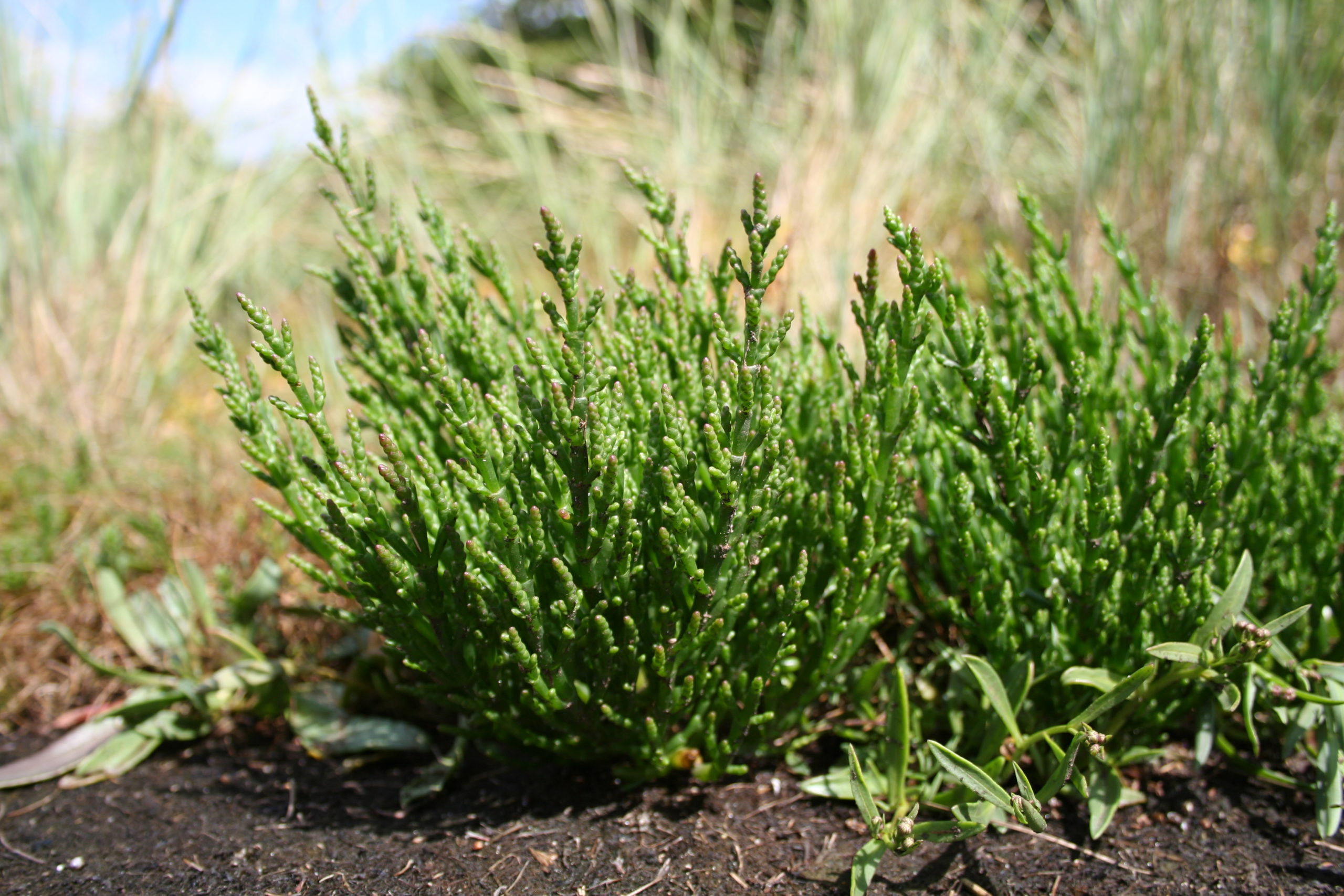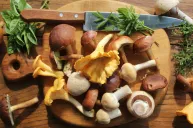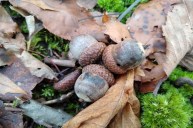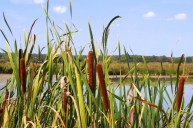Good for you, good on your wallet, and good for the whole family, foraging is a great way to add to your diet, and it can save your life in a pinch. Look around and you'll see plants growing in the wild that you may never have known you could eat, from those on the forest floor to the ones growing between cracks on the sidewalk. There are more than 200 edible plant species in New England alone! Once you get familiar with them, you'll realize you've been hiking through a wilderness of delicious berries, seeds, flowers, and foliage. Foraging is a free way to try new things you won't find in the grocery store, and it makes a great family activity. Best of all, should you find yourself lost out there in the woods, knowing what you can and can't eat can be lifesaving. Says Russ Cohen, the author of Wild Plants I've Known and Eaten, "Foraging gets people in touch with nature in a visceral and tangible way, and can enhance hunters', anglers', and others' enjoyment of the outdoors." Here are some edible plants to look for on your next hunting or fishing expedition.
1. Cattails
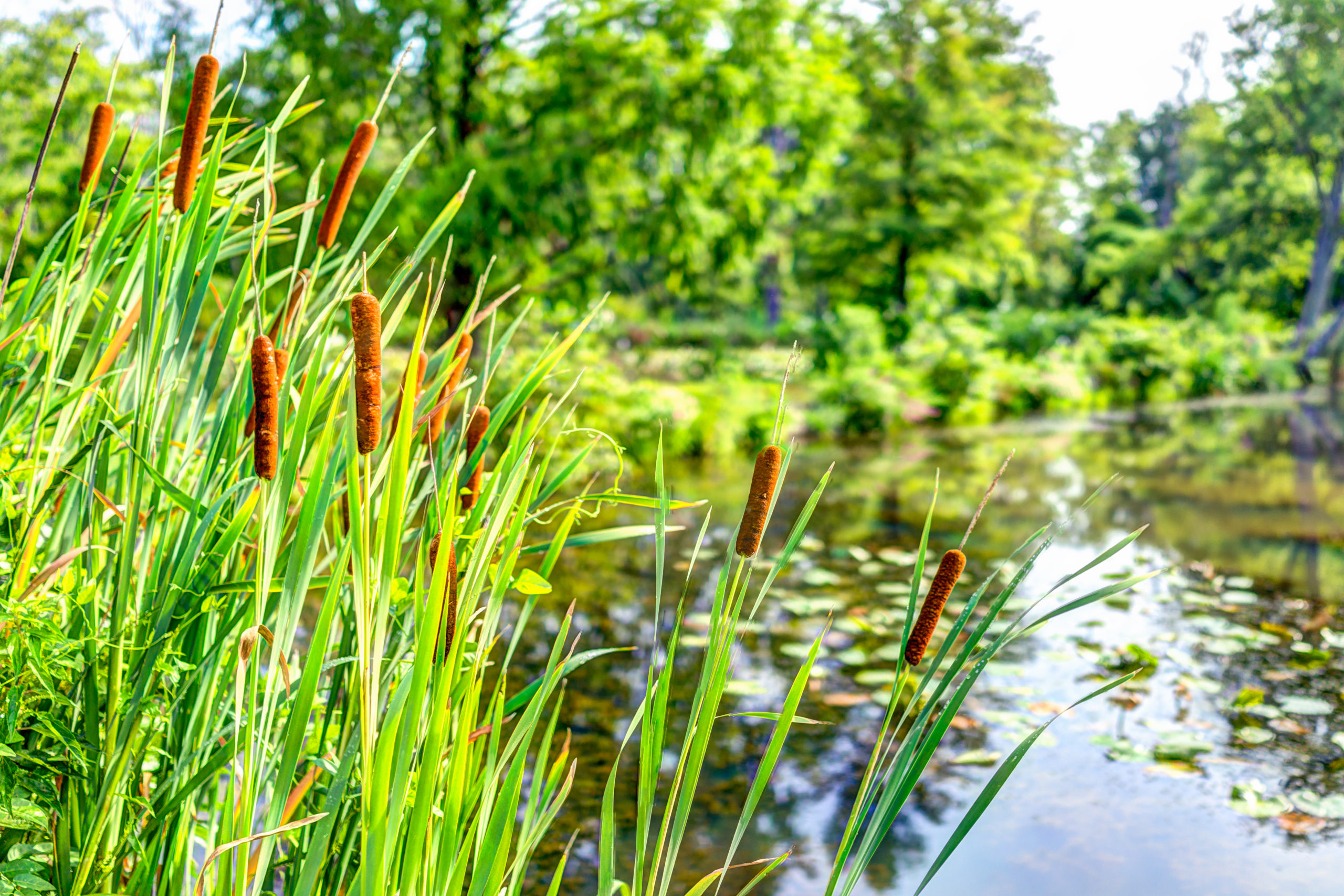
krblokhin/Getty Images
Almost all waterfowlers have seen these plants that stand out in the marsh. Though the seed head looks like a tasty hot dog, that part is not edible. The rest of the plant is, so look for stalks that are about three feet tall. The sprout at the base can be steamed or used in salads and the heart is in the middle of the stalk. Many say it tastes like cucumber. Even the cattail's roots can be harvested and used as a flour substitute.
2. Milkweed
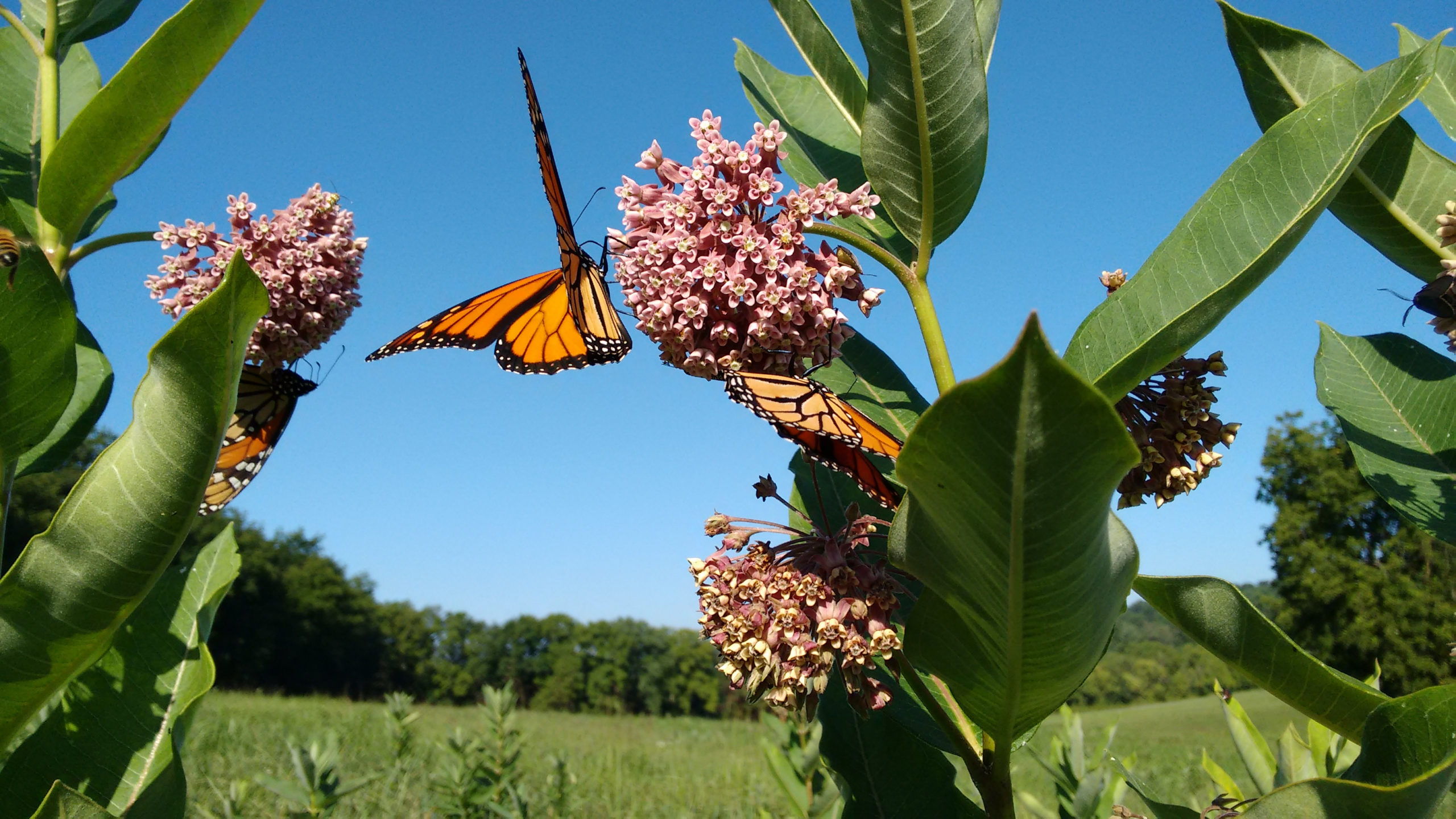
smilesb/Getty Images
Hunters know the value of milkweed for making a good wind direction indicator, but it's also edible. The pods have a similar taste and texture to green beans, and the shoots, leaf clusters, and flower buds are all edible. It's suggested that you boil them for seven minutes. Keep in mind Monarch butterfly caterpillars need milkweed to eat and live on, too.
3. Staghorn Sumac

Ilja Enger-Tsizikov/Getty Images
You can tell this sumac from the poisonous kind (which has green-white berries) by its upright, bright-red fruit that grows in summer. Pick the clusters and soak in water, then strain and sweeten for a pink drink similar to lemonade. The strained material can be used to make jelly and the shoots of the staghorn can be eaten raw.
4. Pickleweed and seaweed
Pickleweed, aka samphire, is a succulent that grows along salt marshes, coastlines, and in mangrove forests. It has a crunchy, fresh, slightly salty taste and you might see it called "sea beans" on fancy menus. You can pull seaweed straight out of the ocean - wash well and use it in a salad. Common sense should prevail when it comes to where you collect it; you don't want to eat what's washed up on the beach or anything growing near industrial areas.
5. Lamb's Quarters
Spinach is so yesterday. Wherever humans live, you'll find this common weed (also known as pigweed and goosefoot), and any part of it above ground is fair game for your table. It tastes a bit like salty spinach and can be eaten raw or cooked.
6. Catnip
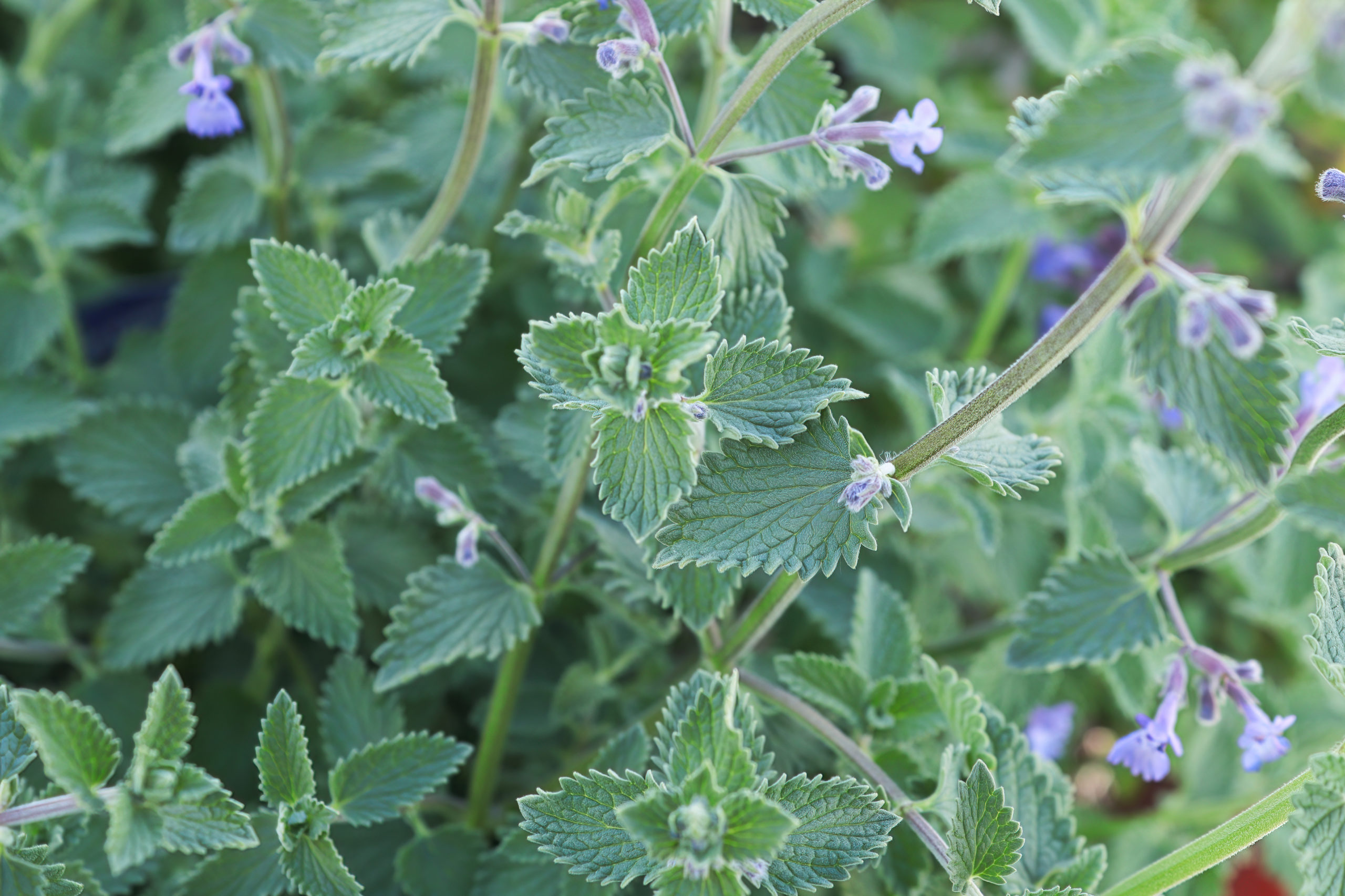
Akchamczuk/Getty Images
Catnip - it's not just for your pet! This plant grows almost everywhere and you can differentiate it from wood nettle by its fuzzy, arrow-shaped leaves. Unlike the stimulating effect it has on your feline friend, catnip has a calming effect when ingested by humans. If you're out in the wild after a long day, pick some catnip and boil it in water for a minty, relaxing tea.
7. Chickweed
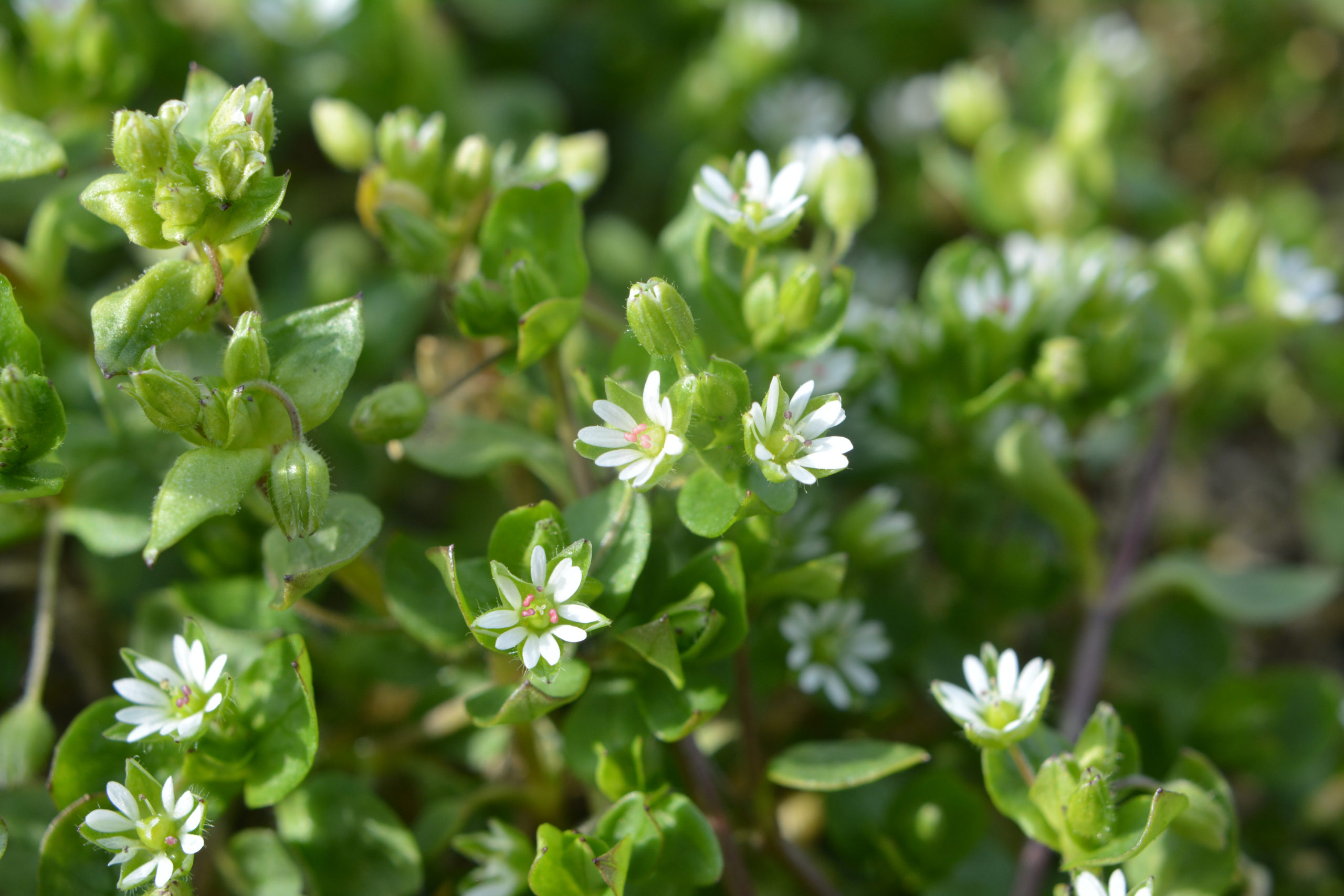
Orest Lyzhechka/Getty Images
This common plant is available pretty much year-round and is found on farms, yards, forests, and along the road. You can recognize it by the little, white, star-shaped flowers that have five deeply cut petals that look like 10. Put the spinach-tasting leaves on a sandwich or salad. The stems taste a bit like raw corn.
8. Burdock

Michel VIARD/Getty Images
Those annoying burrs that stick to your pants and your pooch aren't edible, but the rest of the plant is. When the burrs aren't present, look for a small rosette of long, pointed leaves close to the ground that have no stem. The roots, leaves, and stalk are edible - cut it when they're about 1-3 feet tall, peel the outer skin and boil it for a slightly sweet, earthy soup or salad addition. If it tastes a bit like artichoke, that's because they're related.
9. Prickly pear cactus
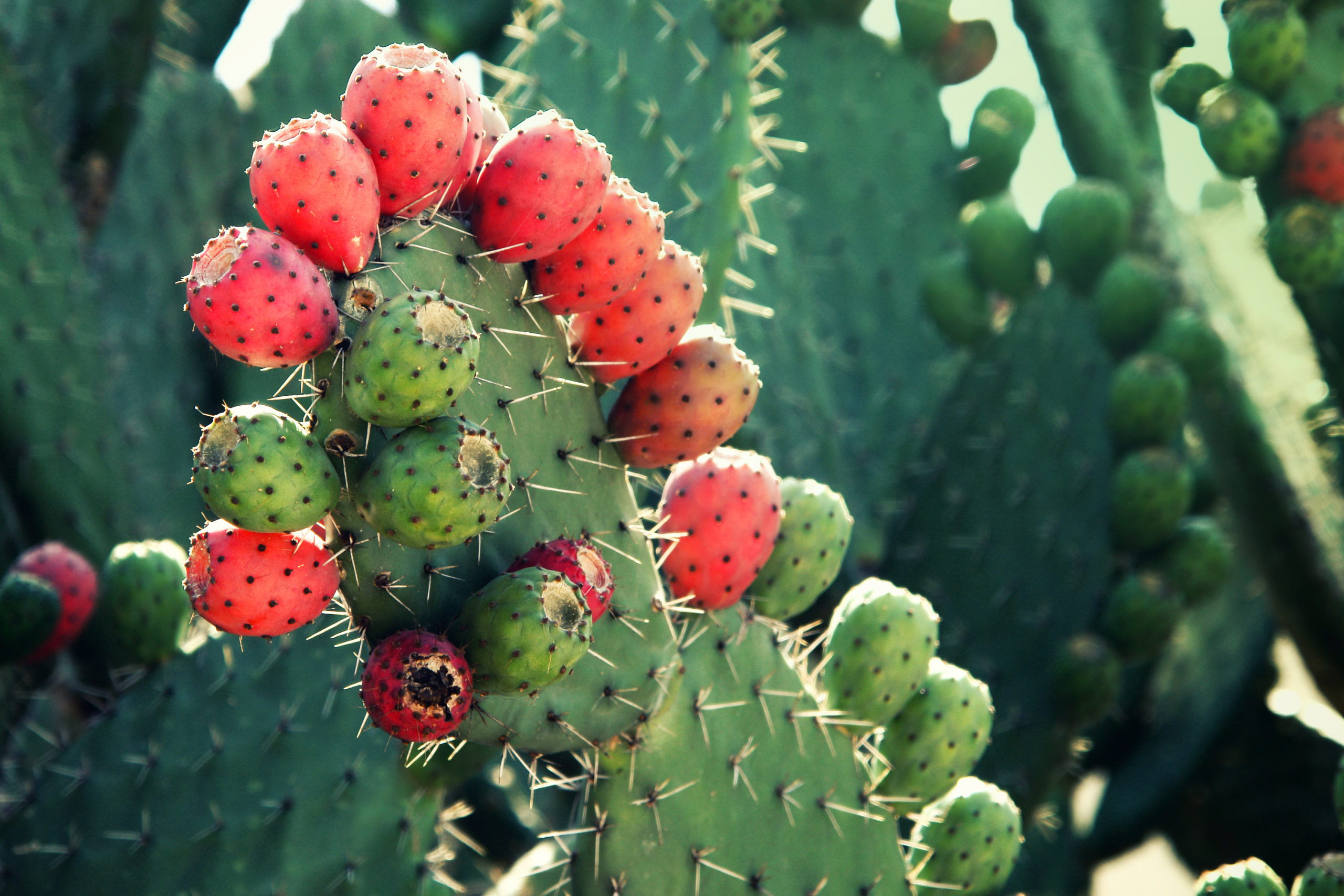
AleSal/Getty Images
It's nice to know you can forage in the desert, too. This plant has been used for food since humans lived in the American southwest and you'll find it often in Mexican or Tex-Mex cuisine. The good news is you can harvest it yourself with tongs and a fire. Look for smallish, green paddles. Cut off the thorns with a knife or burn them off over hot coals. Then eat plain, or add it to chili or salsa on top of fish or meat. The pink fruit also needs the spines removed and the skin peeled - its uses are endless, from refreshing juice to pie filling to hard cider.
10. Dandelion

photon64/Getty Images
Okay, this one probably isn't surprising, but you might not know dandelions contain tons of vitamin A, C, and K as well as calcium and iron. The best time to eat them is as buds, before the flower makes them bitter - the buds taste like a delicious combo of corn, Brussels sprouts, and artichoke hearts. The flowers can be used to make dandelion wine. Roast and grind the roots to make a coffee alternative. Leaves and stems can be eaten raw or sautéed.
